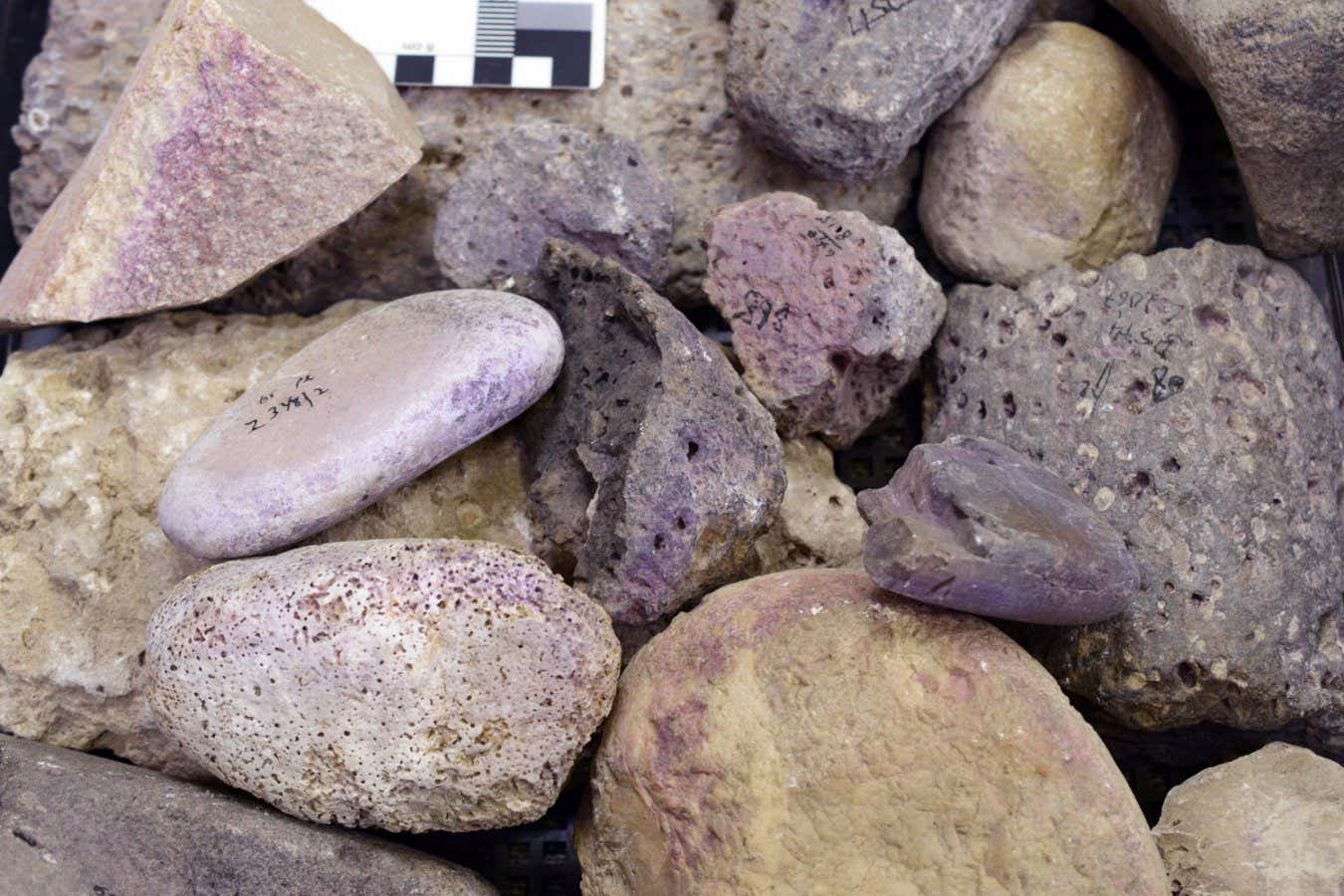Now Reading: Iron Age Site Revealed as Ancient Purple Dye Factory
1
-
01
Iron Age Site Revealed as Ancient Purple Dye Factory
Iron Age Site Revealed as Ancient Purple Dye Factory

Quick Summary:
- Location: Tel Shiqmona, a coastal settlement in modern-day Israel.
- Timeline: Production of Tyrian purple dye occurred from 1100 BC to about 600 BC.
- transition: Initially a small Phoenician village producing purple dye, the site later transitioned into a fortified production center as the Kingdom of israel expanded.
- Scale: Archaeological findings include vats capable of holding up to 350 liters and 176 artefacts linked to dye production-135 stained items were recovered. The facility is claimed to be unique in terms of long-term industrial-scale manufacturing during the Iron Age.
- Material: Tyrian purple was extracted from Muricidae sea snails, requiring complex chemical processing for textile use. The process emitted strong smells and left dyed wool drying across the site.
- Historical Context: Dye production fluctuated based on regional control-from expansion under Israelite rule (900-720 BC) to its revival by Assyrians post-Israel’s fall and abandonment after Babylonian conquest (~600 BC).
- Cultural Significance: purple dye symbolized wealth, power, elite status, and religious rituals.
Stay Informed With the Latest & Most Important News
Previous Post
Next Post
Loading Next Post...

























